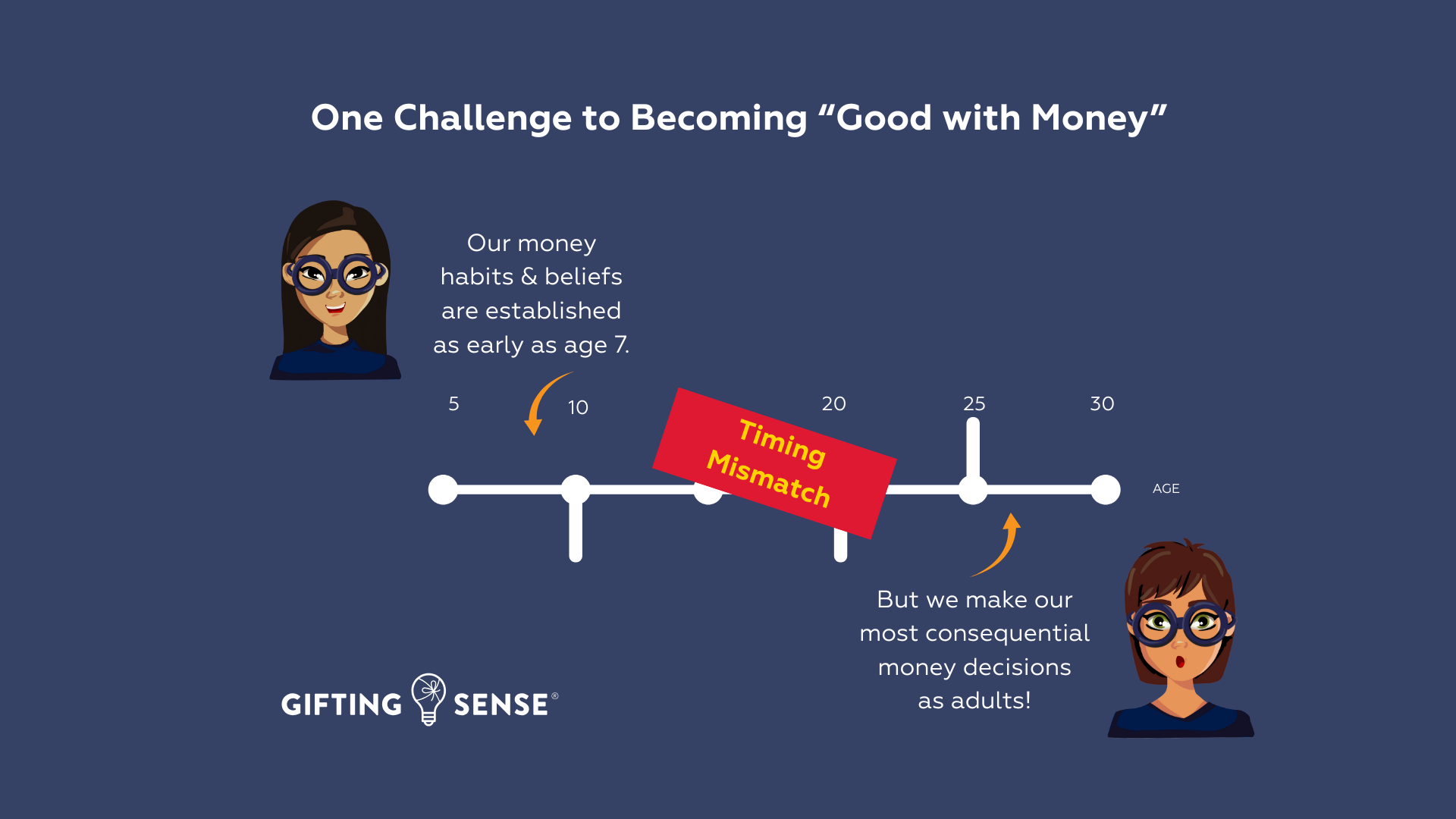Of course, you don’t…remember shopping from home at midnight! When today’s parents were kids, shopping still took place in person during store opening hours. You had to have every dime required to complete a purchase on your person. And the store had to have the size, color, and style/ version of what you wanted in stock. Just think how much has changed!
Although Credit Cards have been around since the 70s, many of today’s parents would still have paid for their tween and teenaged purchases with cold, hard cash. The cash they earned at part-time jobs. Because credit cards and checks were only available to adults with full-time jobs. And those adolescent part-time jobs? They weren’t chosen for their resume-building qualities. You got a part-time job because you wanted jeans, some of those all-new and super-cool Nikes, or to go to the movies. And it never even occurred to you that your parents were going to pay for those sorts of fancy “extras”.
No one had a smartphone or a personal computer on their wrist. The only things that got delivered to your door were mail and maybe the building supplies required for home repair or renovation projects—because only skilled tradespeople had flatbed pick-up trucks large enough to haul building supplies around.
What’s with the walk down memory lane? We just want to point out that it really was easier to become a careful spender when it took more effort to spend. Things like waiting for payday, waiting for a store to open, or waiting for a store to have stock gave consumers time to think about what they were buying and how it would improve their life or the life of someone they loved. Digital payment methods and always-open online stores have removed these old-fashioned but pretty helpful ways to pause before making a purchase.
Which is why we really feel for kids and parents today. Of course, young people have no idea how hard it is to earn money. They are surrounded by frictionless opportunities to spend. You can literally buy almost anything from your phone while at home, at any hour of the day. And you can do it without having money in your bank account or knowing if a purchase will fit, solve a problem, or entertain you. How can a young person possibly move from this state to one where they grasp that money is finite, hard to earn, and deserving of a plan?
We agree with Kit Yarrow who says:“If people can spend a little bit more time, whether it’s through the hassle of payment or whether it’s forcing yourself to just wait and think twice about something, I think they’ll make better decisions.” Kit Yarrow, Consumer Psychologist and Author In fact, we observe exactly that in every thinking-before-buying workshop we run. When kids slow down and really look at a spend, they spend differently!
So how can you re-insert a little friction into your family’s spending?
What’s the answer to always-available online shopping, modern digital payment methods, and heavily produced social media posts, the three things that make it much harder to develop money smarts? Re-insert a little friction into your family’s spending. Here’s how:
- Adopt the household policy of only making certain purchases in person, with cash.
- Insist that your children calculate the total cost of an experience like attending a professional basketball game, including safe transportation, snacks, and souvenirs.
- Insist they calculate the cost-per-use of a new piece of clothing.
Believe it or not, these sorts of quick requirements really do help kids understand “what the big deal is” with making seemingly small or fair (in their minds) purchases.
Kids aren’t thoughtless; they’re inexperienced.
You’ve heard us say it before: “Kids aren’t thoughtless when they repeatedly ask their parents for money, what they are, is inexperienced!” So, let’s help them practice slow spending. It’s a low-cost, low-hassle way to let them experience first-hand that being a wise spender does NOT mean you never get to do or buy anything fun. All it means is that you plan your spending to avoid disappointment, avoid waste, and protect the planet.
The surest route to becoming a thoughtful spender is to practice thoughtful spending.
That practice used to be naturally easier to get – you had to wait to buy things! We’ve given you three ways to add it back into everyday life above. Of course, another method is to ask your kids to use the DIMS – DOES IT MAKE SENSE?® SCORE Calculator for a possible purchase before anyone spends a dime. Either way, we’ll be happy. We’re method-agnostic. We’re only interested in today’s middle and early high school students understanding how much control they have over their personal spending habits – because knowing how to live the life you want without spending more than you make before you become an adult income earner…well, that has to be one of the greatest gifts ever.
To learn more, click on the pink or blue buttons below.
Child Development For Kids For Parents Prevent This



